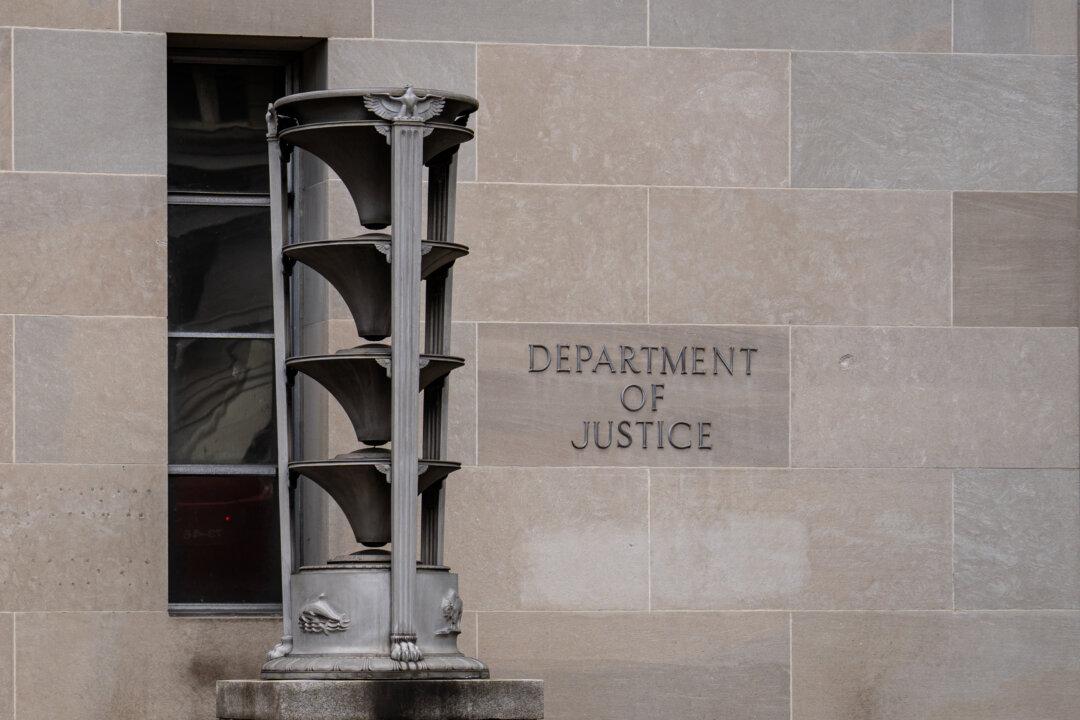The U.S. Coast Guard will lead an international effort to investigate the Titanic submersible implosion, working in close coordination with other national and international authorities, including the Canadian Transportation Safety Board, French Marine Casualties Investigation Board, and the United Kingdom Marine Accident Investigation Branch.
Recovery of the doomed vessel, which was carrying five now-deceased passengers—has begun, with the Coast Guard saying that “all precautions” will be taken in case any “human remains” are discovered at the wreckage site.





